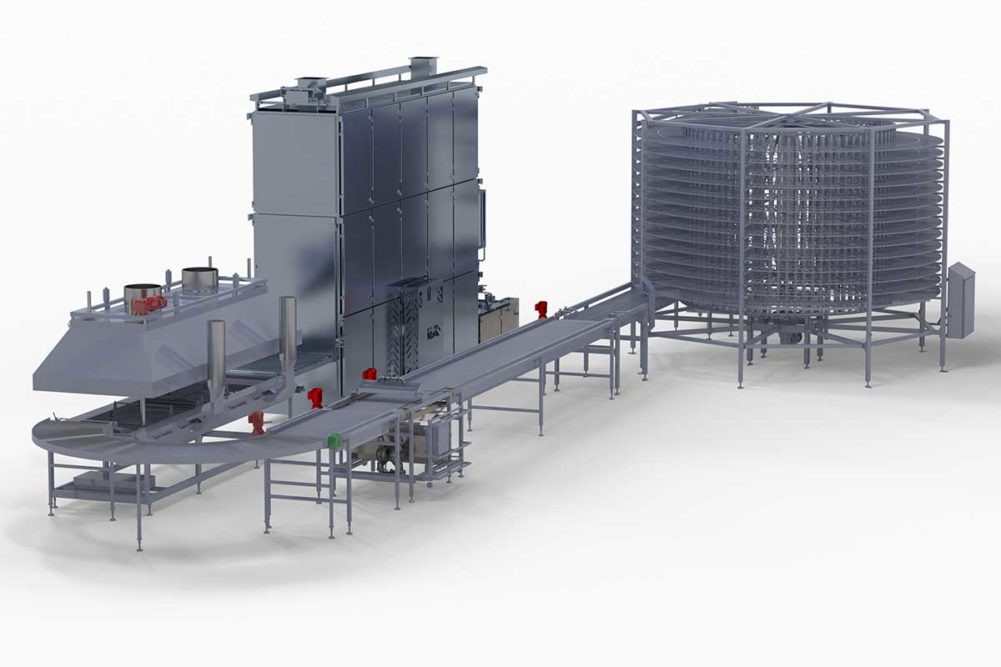Walk into any manufacturer making fresh donuts before 2020, and the production room would be full of small lines producing 400 dozen to 600 dozen donuts per hour. Today, these producers are turning to automation for one major reason: labor.
“They were living with that production system pre-COVID because they had the employees to staff those lines, but now they don’t have the employees,” said Damian Morabito, president of Topos Mondial. “If they have half the employees they used to, the question becomes how do they make the same amount of product with either the same amount or less people.”
But the reduction in personnel is not the only benefit in moving to an automated system.
“If the line is allowed to run continuously without stoppages, then you have an increase in product consistency, which in turn increases productivity, reduces waste and makes packaging easier,” said Patricia Kennedy, president and chief executive officer, WP Bakery Group USA. “This also leads to savings in raw materials due to the reduction in waste. We would expect to see this in all bakeries to differing levels.”
Unlike frozen donut manufacturers, fresh donut operations are making daily deliveries to customers and producing a wide variety of products. This requires a plethora of changeovers. These operations are often semi-automated to varying degrees, but as they grow — in today’s manufacturing environment — some level of automation may be necessary.
“We see at this moment more and more smaller manufacturers are trying to centralize their production,” said Alex Weissbach, head of technology and product management, Rondo. “They have a need of automation as their business grows.”
Despite the challenges of a fresh daily donut business, there are ways to incorporate automation and some tools to find efficiencies in the operation.
Production planning becomes extremely critical when moving a fresh daily donut operation from a semi-automated process to an automated one. Automation thrives on long runs rather than short ones, and to make the move to longer runs, Mr. Weissbach insisted that good production planning is necessary.
“If you have smaller batches, you can be more flexible to produce more product or different quantities,” he said. “If you go to automation, you have to have good production planning and know what times you need.”
Creating longer runs in an operation that requires a lot of changeovers means putting like products together, Mr. Morabito explained.
“You want your proofer to be as full of the same product as possible,” he said. “But if that’s not possible, you want it to be split between two products that have the same proof time and settings.”
When it comes to the finishing process, which is where many of the pain points for changeovers occur, Mr. Morabito recommended planning production from light to dark icings.
“The dark chocolate icing will co-mingle with the white icing just fine; it will cover the white,” he said. “Or, for example, if a bakery is doing jelly-filled products, the baker will want to make all those products that need to be jelly-filled at the same time, so they’re not constantly changing the fillings.”
This article is an excerpt from the June 2022 issue of Baking & Snack. To read the entire feature on Donut Processing, click here.





